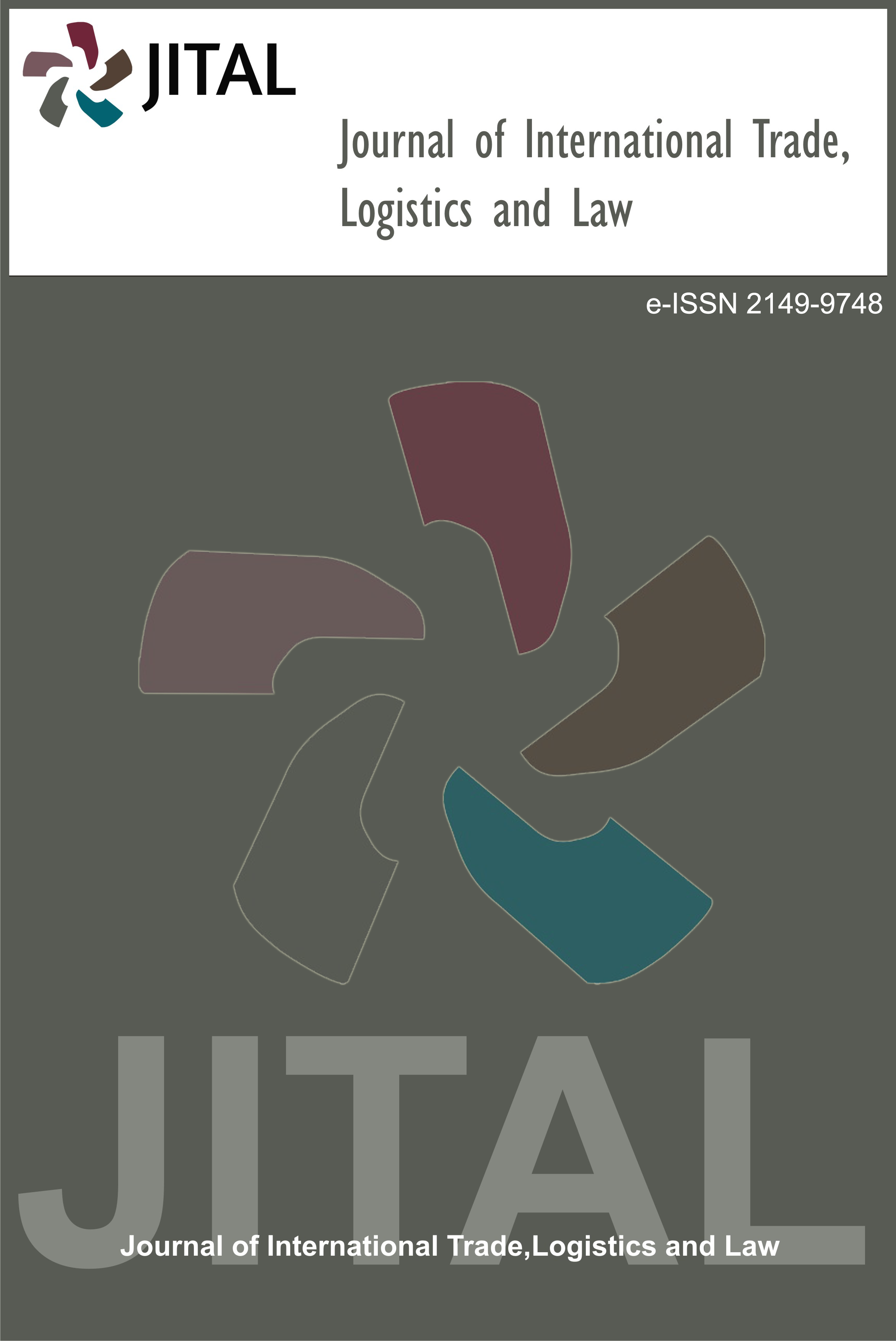Tax and Subsidy Policy Model for Achieving a Tobacco-Free Nation
Abstract
Tobacco use or cigarette smoking has predominantly unenthusiastic effects on human wellbeing causing diminished overall health welfare, minimized labour productivity and efficiency, and augmented health care cost. Recognized health and socio-economic outlays of smoking, countries began to intervene in the market of tobacco by the use of price and tax procedures with the intention of tumbling tobacco consumption and exposure. However, these interventions have featured some controversies on essential issues like freedom and utility concern from consumers and unemployment worries from producers and vendors. Therefore, to address these arguments the researcher developed intervention policies entitled “Policy Model of Tax and Subsidy to Achieve Sustainable Tobacco Control” well-thought-out tax and subsidy policies as a complement rather than substitute strategies to have a comprehensive campaign on controlling tobacco consumption and exploitation. Furthermore, the developed model can openly apply to other damaging products like khat, cocaine, etc.
Keywords
Full Text:
PDFIndexing and Abstracting Services










Other Sources and Services


License

Journal of International Trade, Logistics and Law is licensed under a Attribution-NonCommercial 4.0 International (CC BY-NC 4.0).
Mailing Address
 | Journal of International Trade, Logistics and Law Küçükyalı E-5 Kavşağı, İnönü Caddesi, No: 4 Küçükyalı, Maltepe, İSTANBUL, TURKEY E-mail : editor@jital.org |


